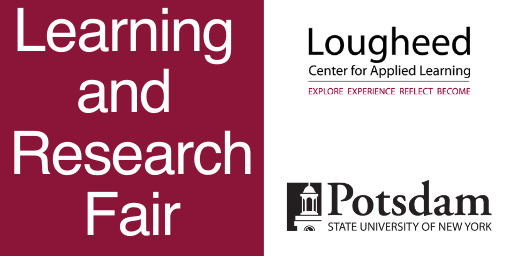Remote sensing is the technique of detecting physical characteristics of an area by measuring reflected electromagnetic radiation at a distance. Mapping forest fires is one of several remote-sensing applications that may be used to facilitate prediction and thus more effective management of wildfires. In Alaska, the area around Bristol Bay (a branch of the Bering Sea) experienced its most extreme wildfire season on record in 2022, as early snowmelt, warmer springs, and decreased rainfall contributed to burning more acreage regionally that year (nearly 650 square miles) than the past seventy-two years combined. Normalized Burn Ration (NBR) uses near-infrared and short-wave infrared bands to estimate the impact of such fires. Using Landsat 8 data from the area acquired in June 2021 and June 2022 respectively, I calculated pre- and post-fire NBR and computed the difference to quantify and map different levels of burn severity in the environs of Bristol Bay.
Past Projects
Using Remote-Sensing Imagery to Measure Burn Severity in Bristol Bay, Alaska (2023)
- Student(s): Grace Conway
- Project Mentor(s): Kamal Humagain
- Poster




